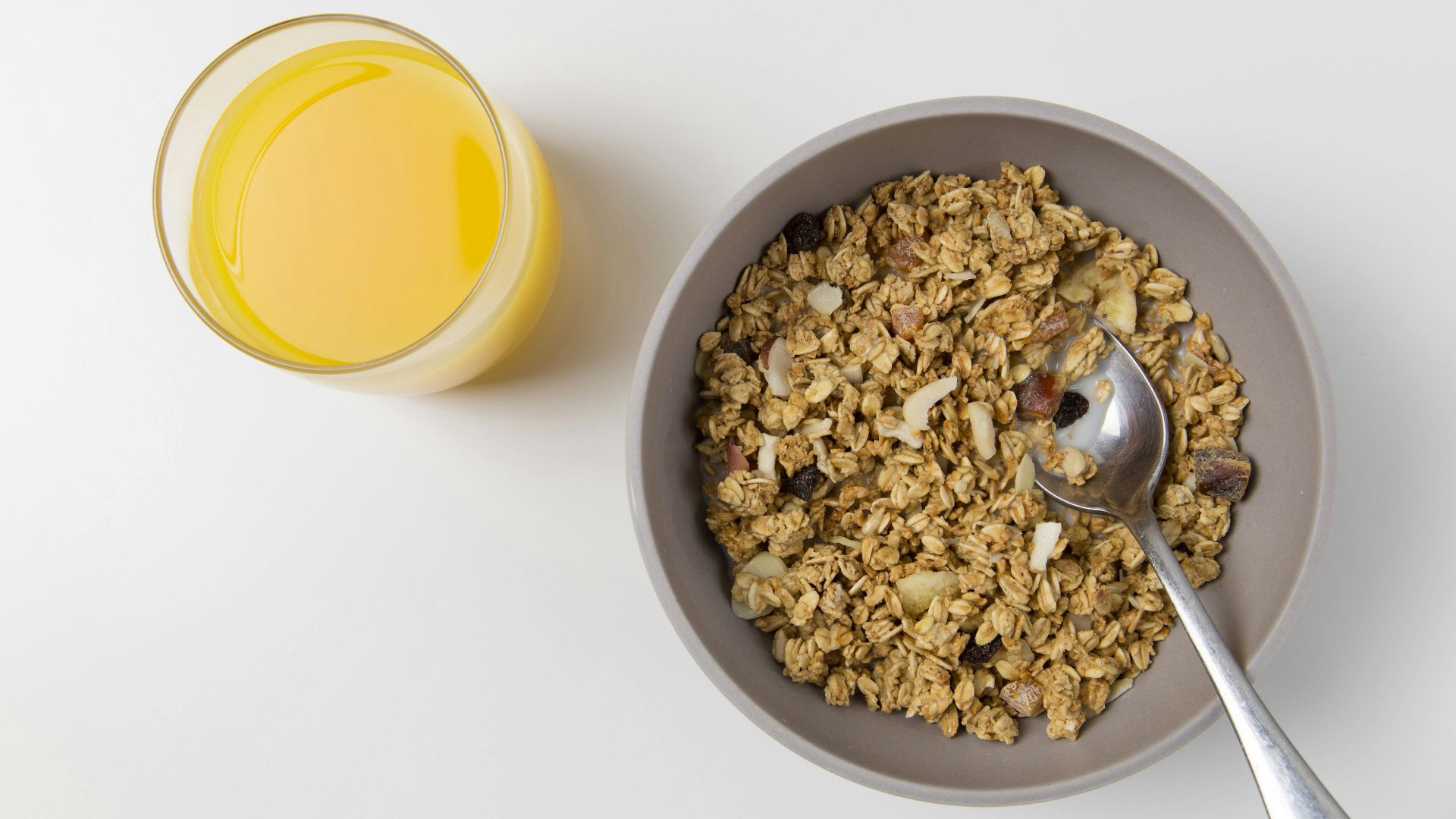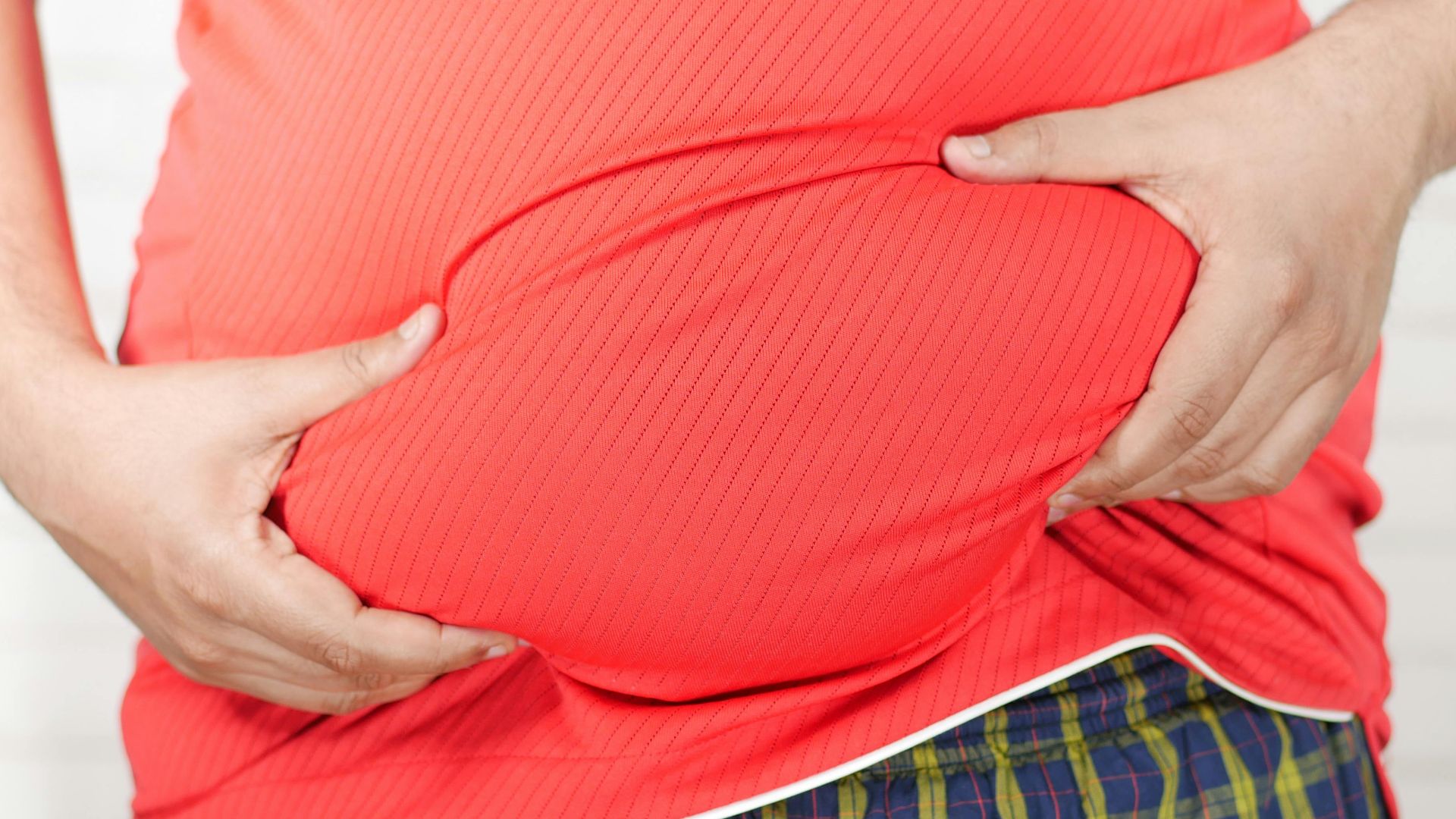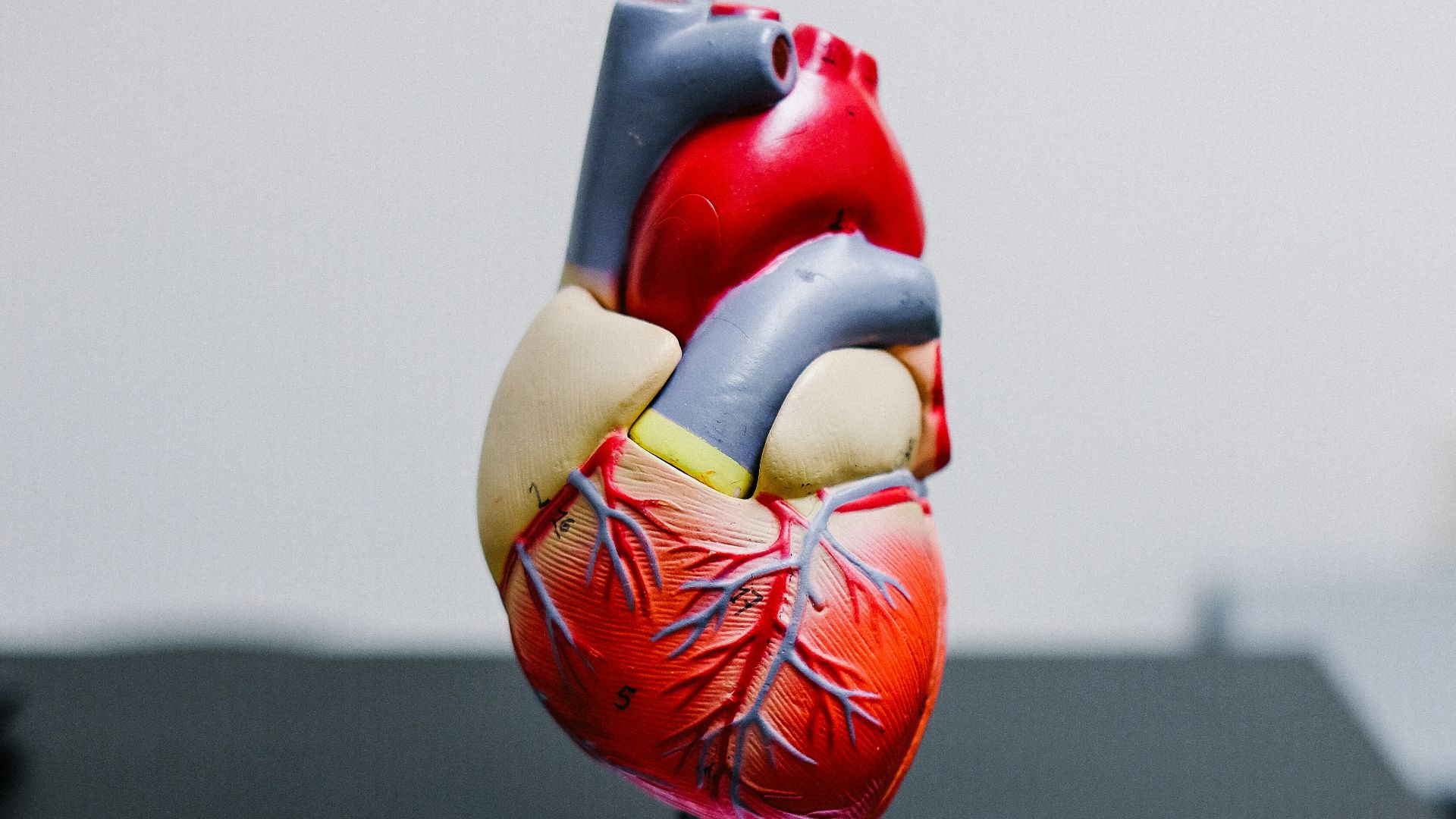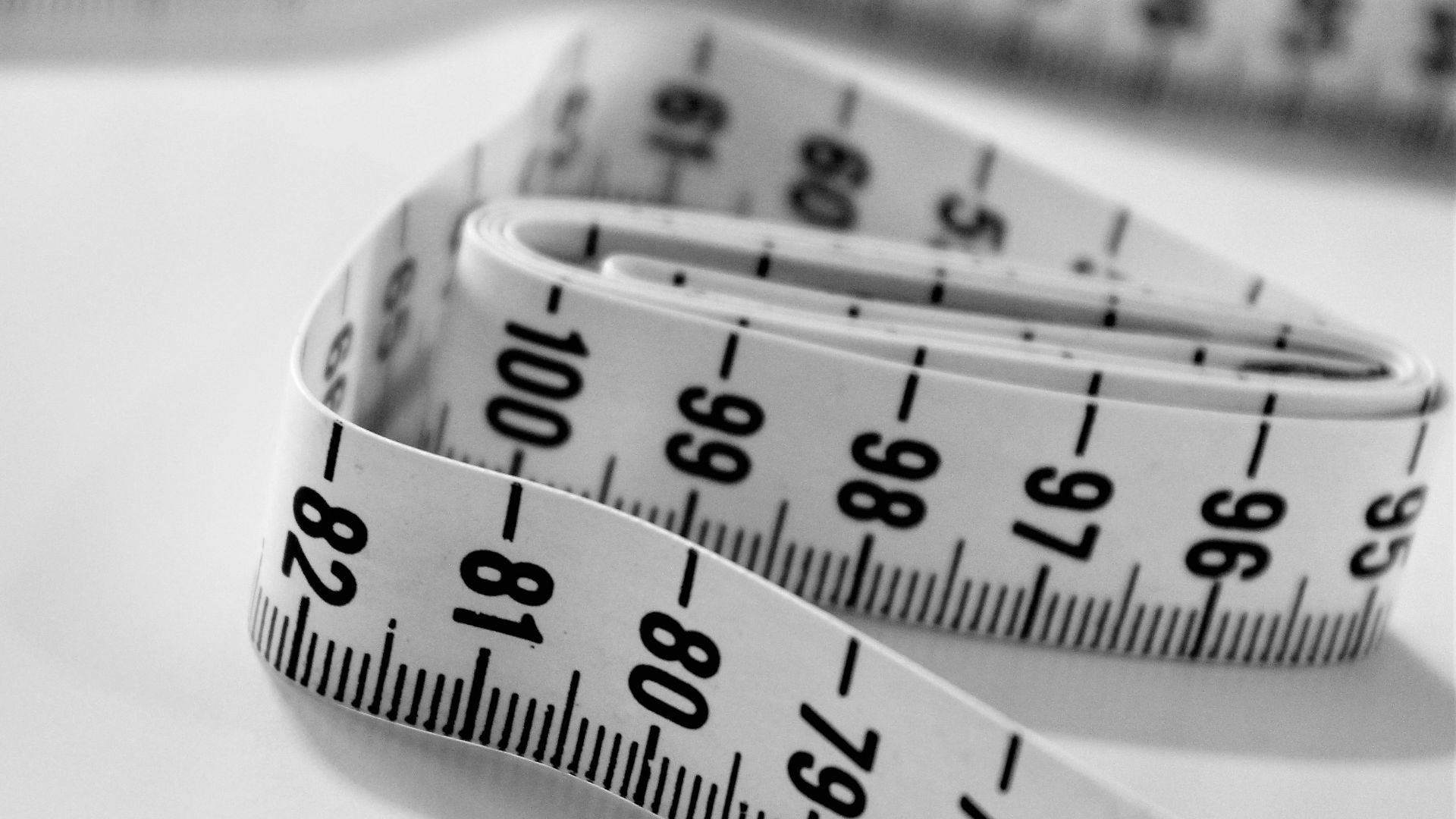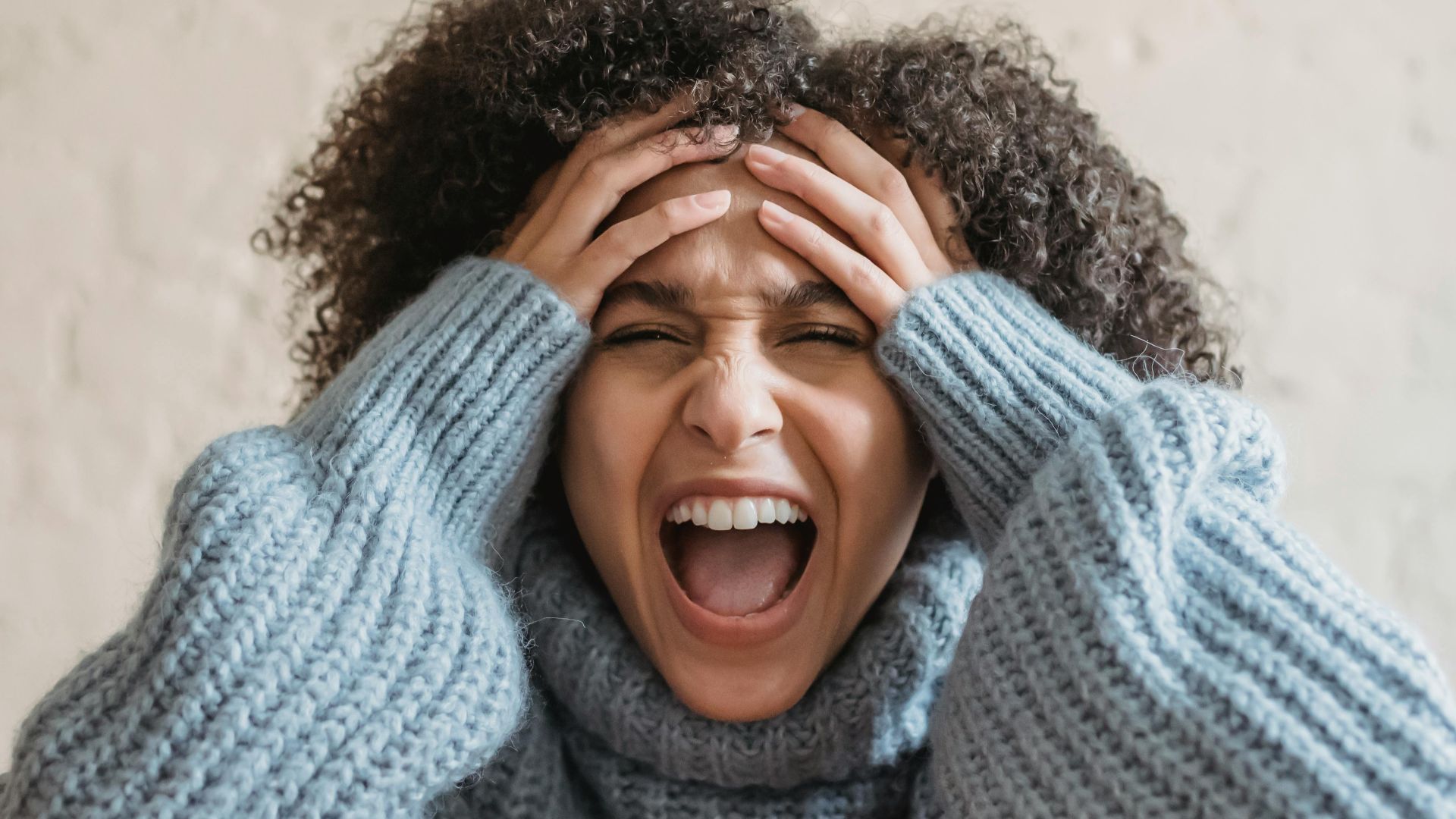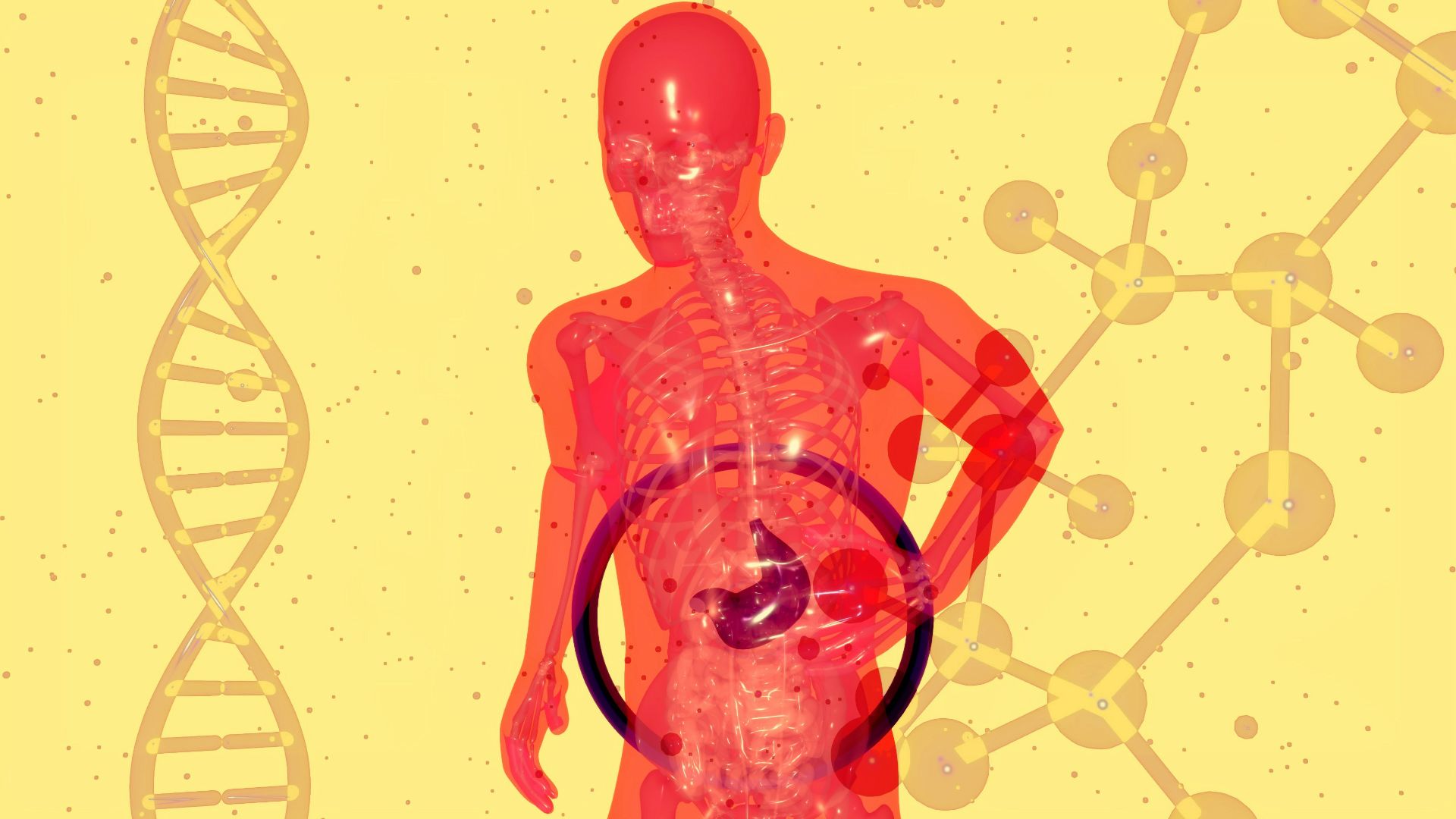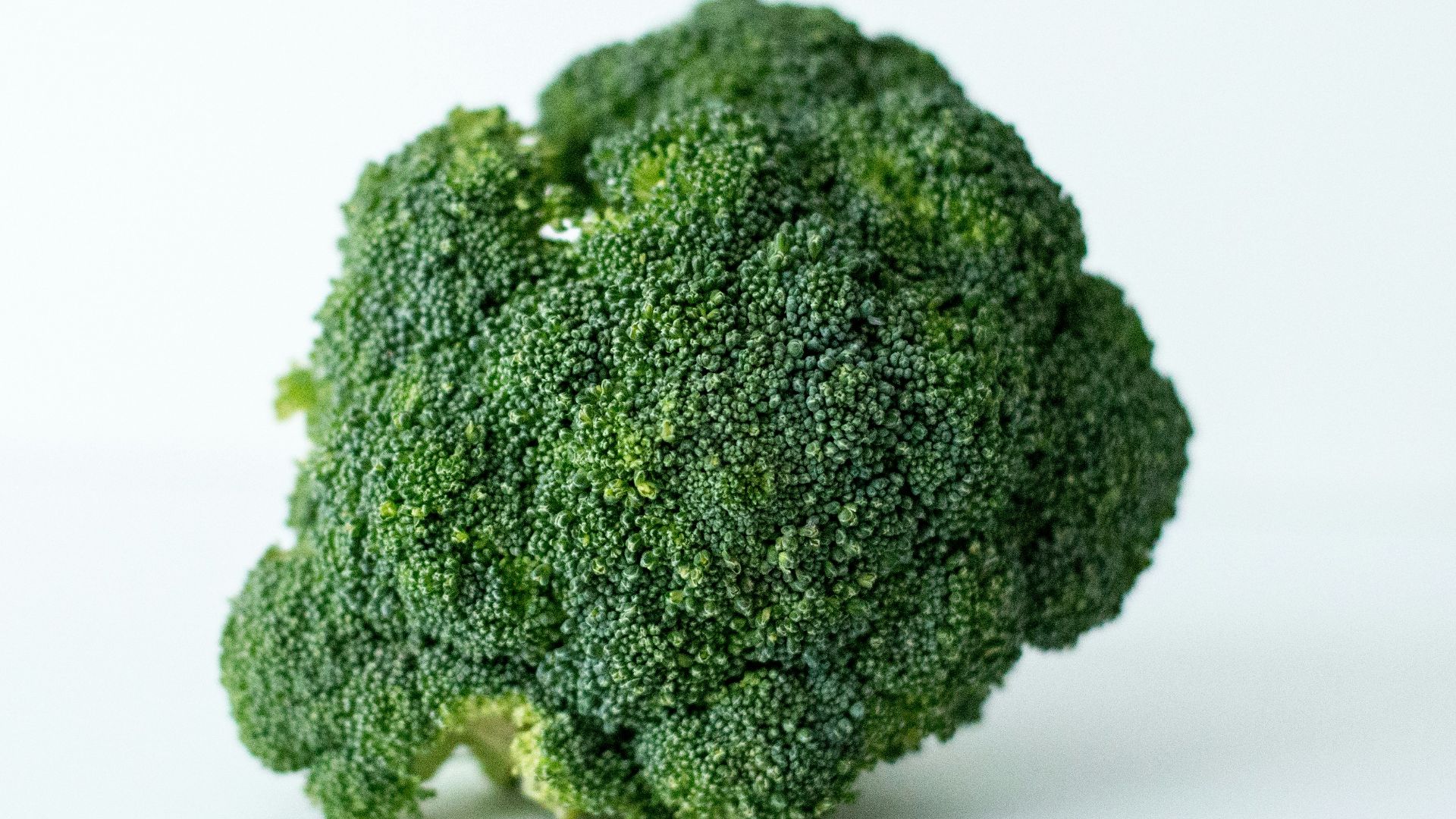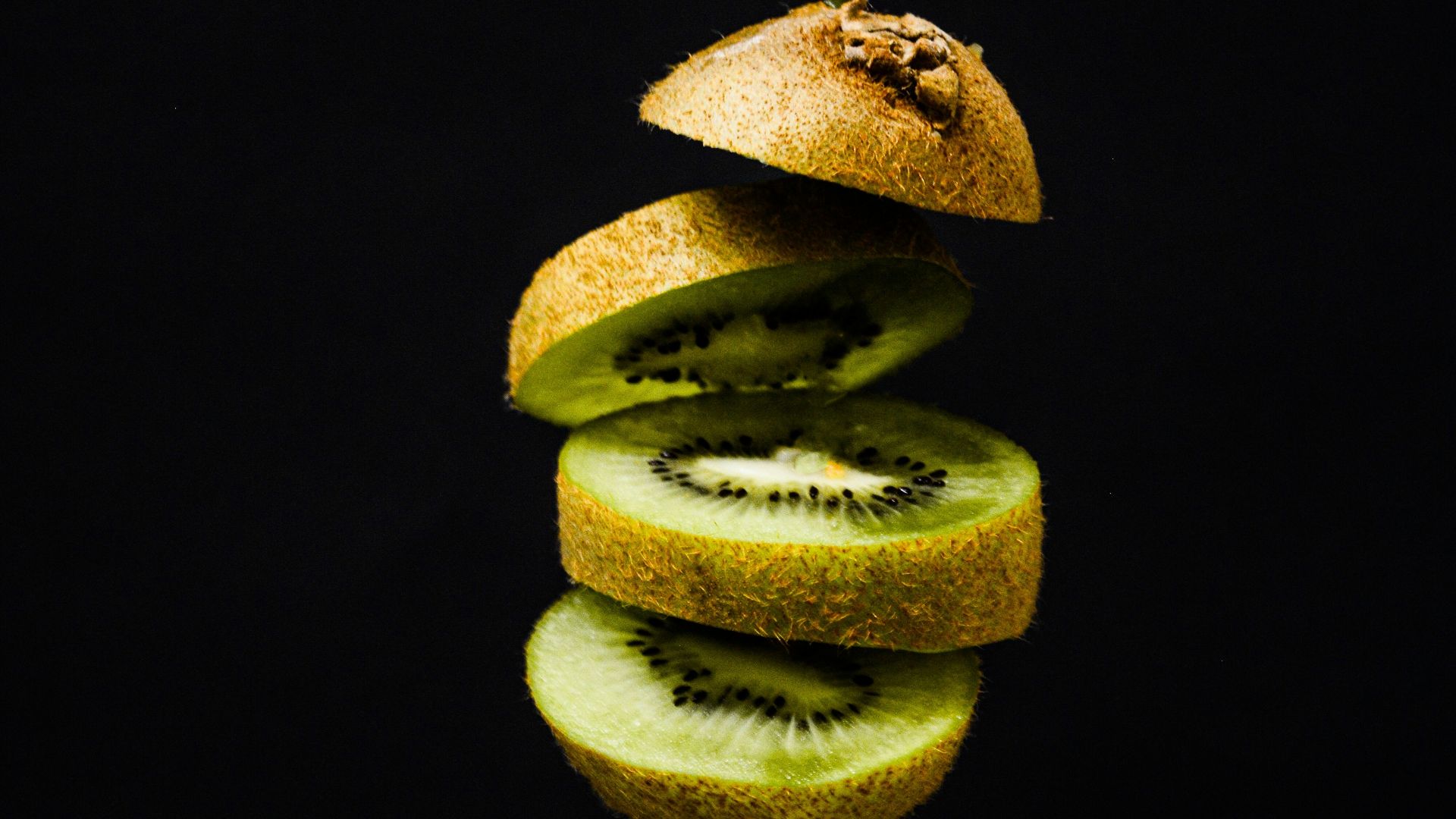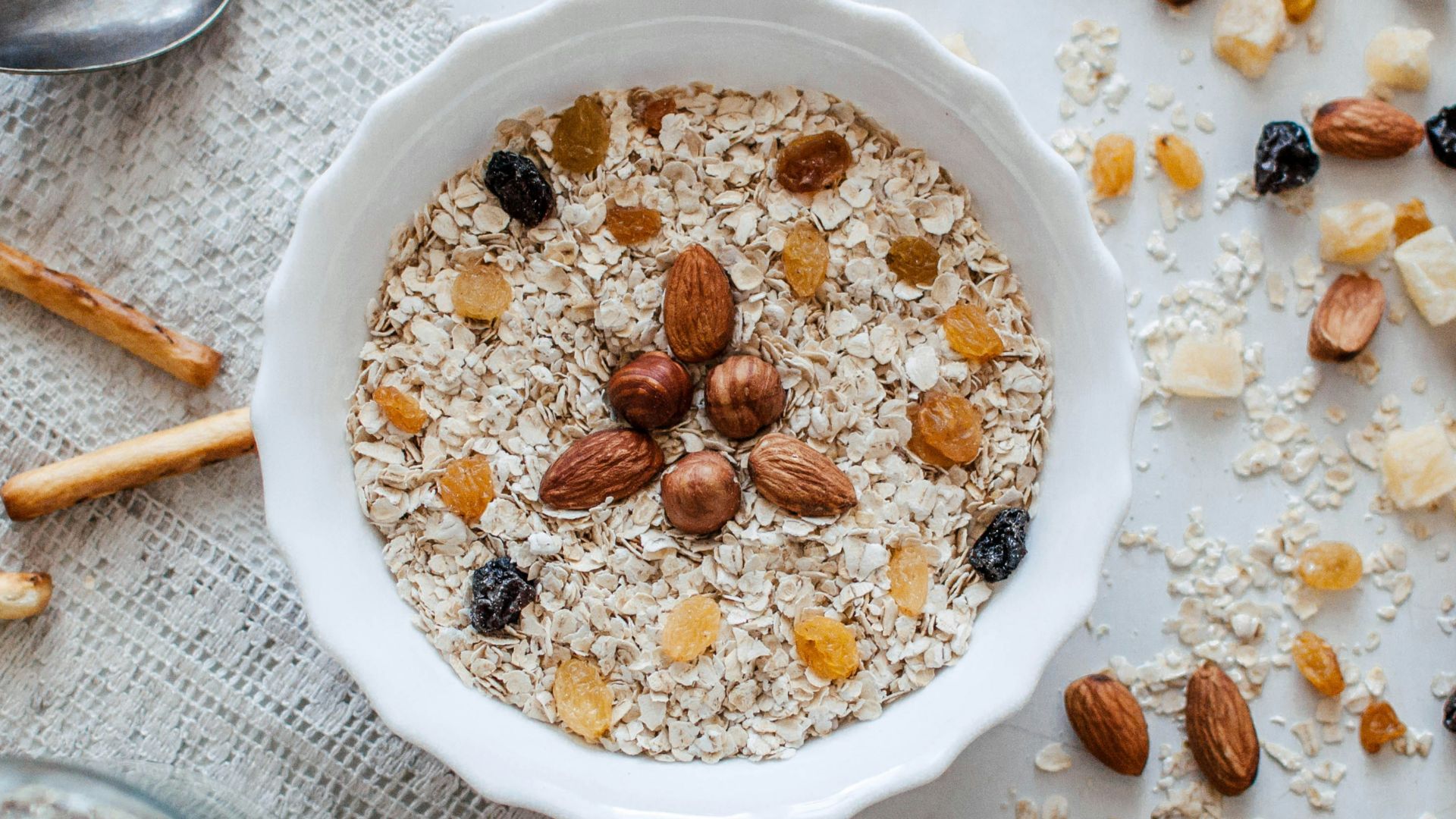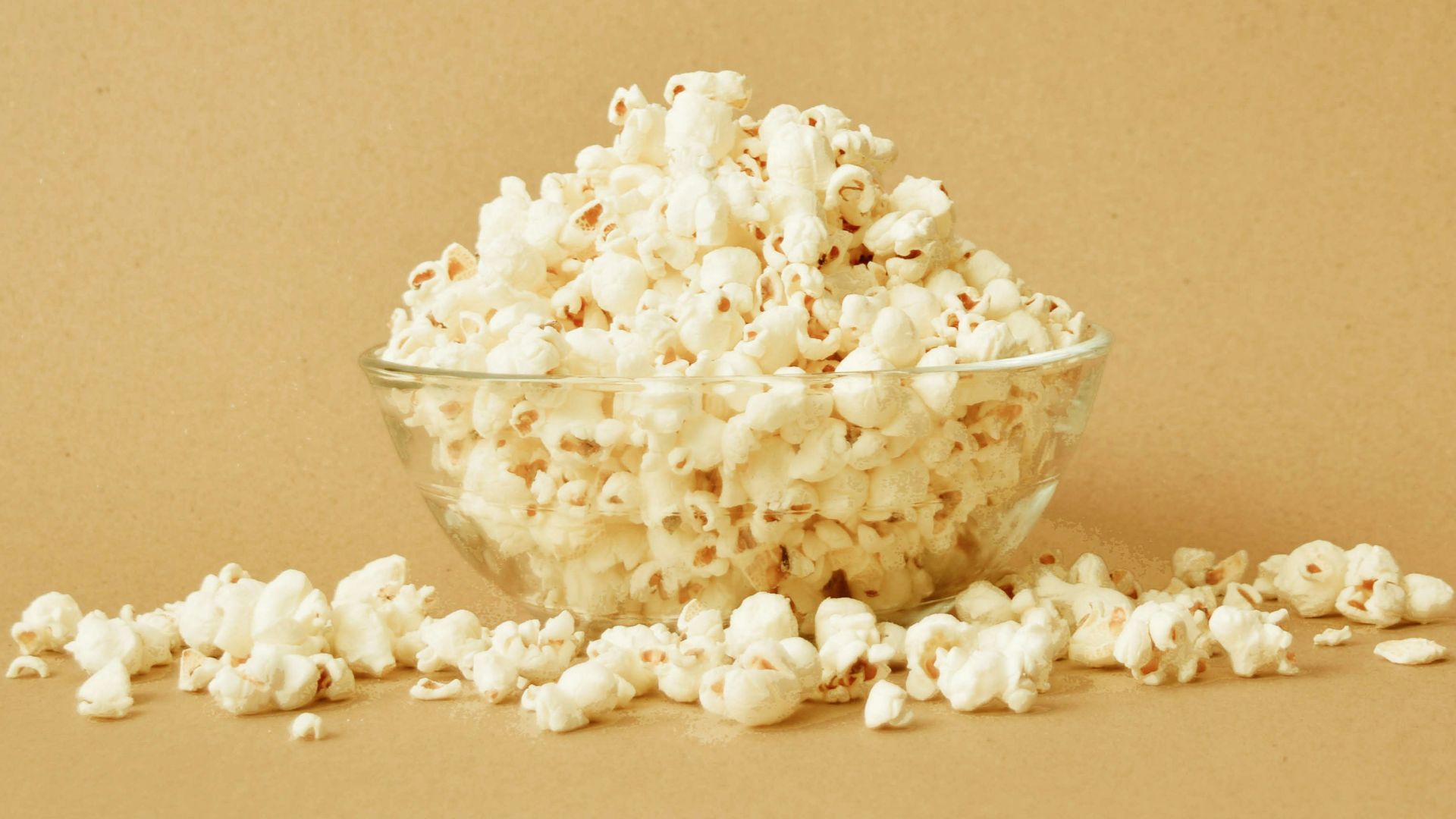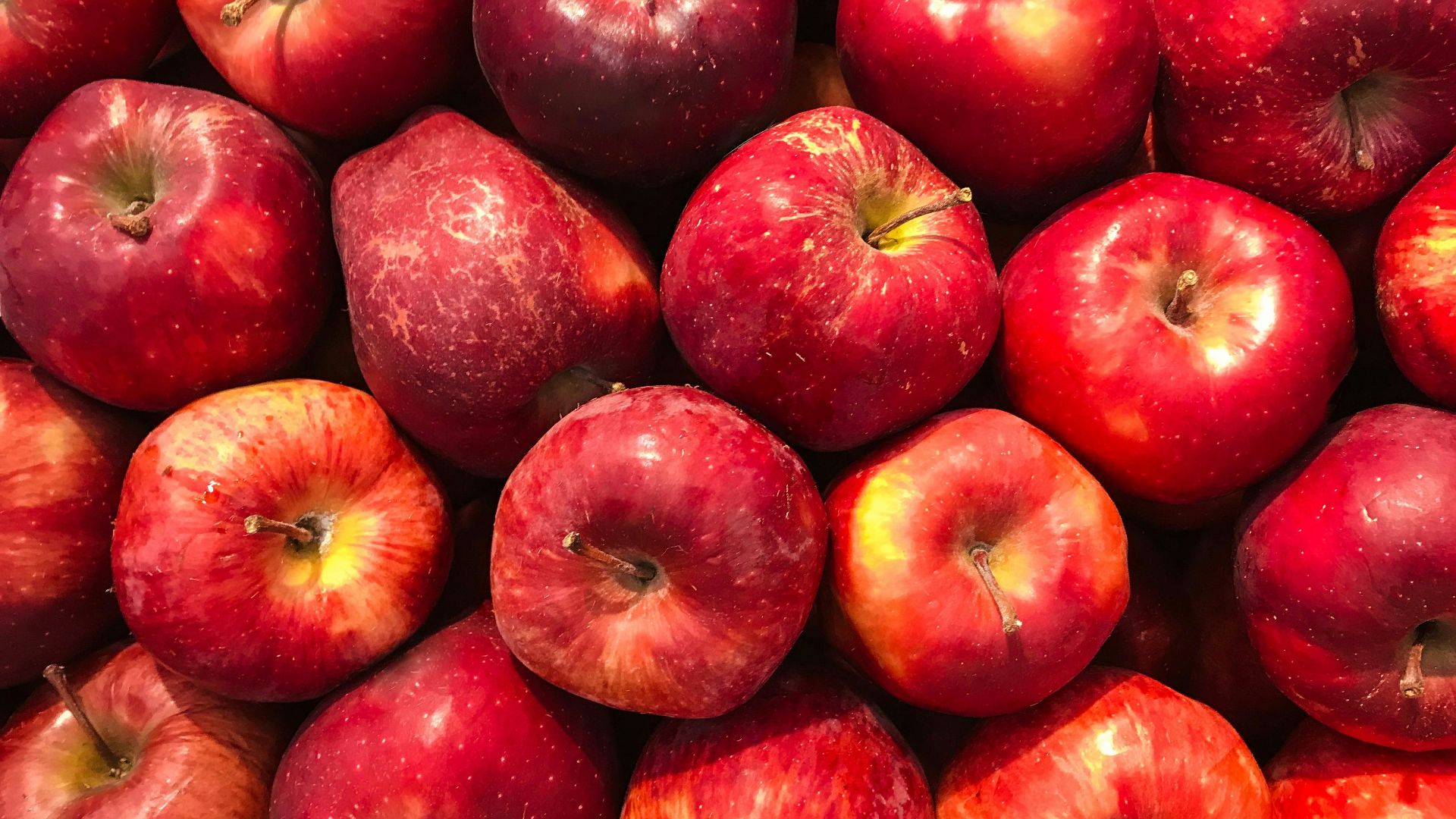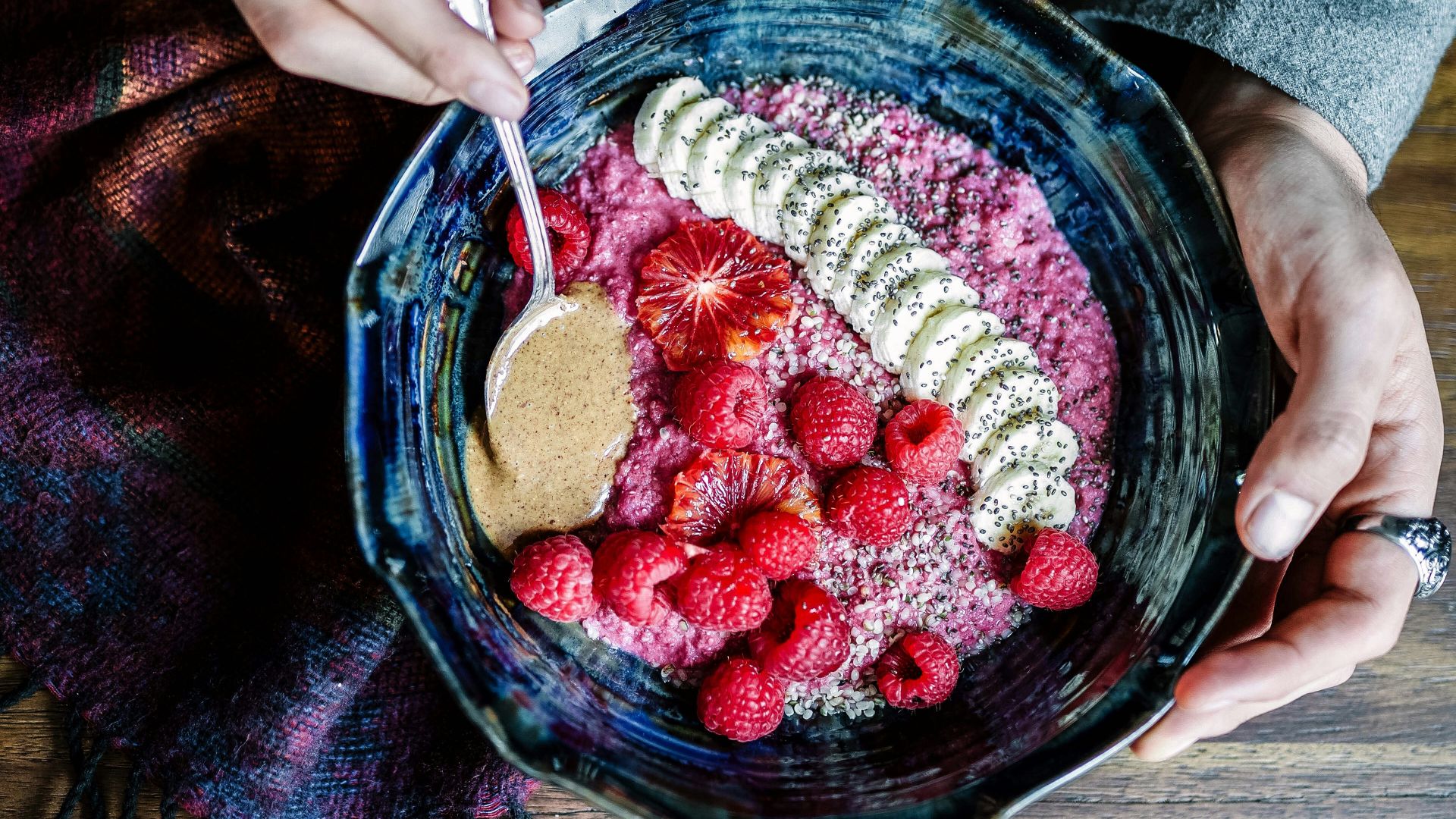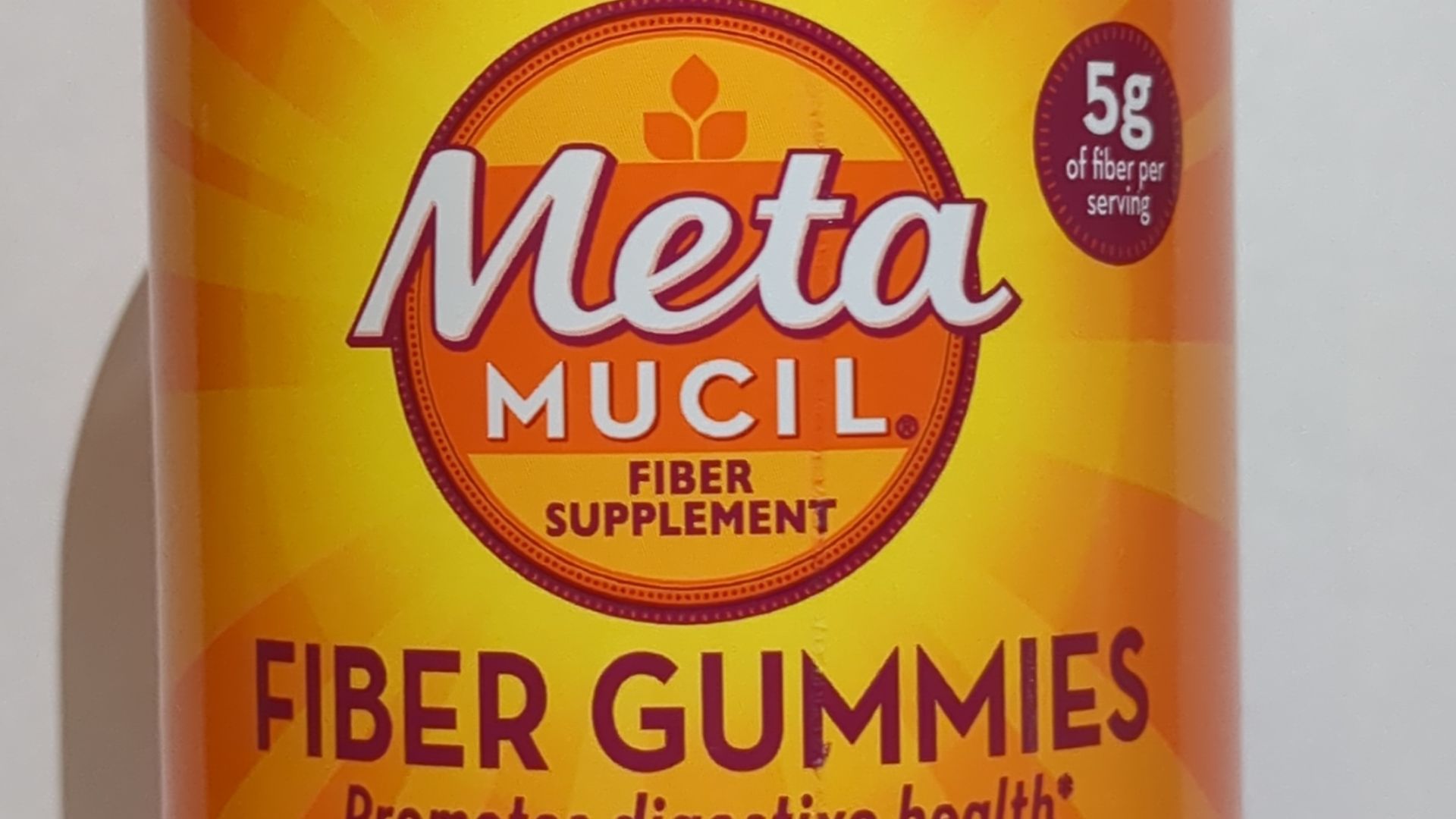Subtle Signs Of Irregularity
A recent study shows that a staggering 95% of adults in America aren't getting enough fiber! Often underestimated, fiber reduces the risk of heart disease, fills you up for longer, and keeps you regular. Here are some warning signs that you may be part of that 95%, along with some ways to help.
1. Bloating
Without fiber sweeping through your GI track like a broom, all that waste will get backed up. This leads to painful bloating and cramping that throws your entire digestive system off. If you feel uncomfortable all the time, it's probably a sign that something's backed up.
2. Constipation
Constipation may be the best-known side effect of a lack of fiber, but we couldn't resist putting number two in second place. Fiber keeps your bowels moving at a good pace, and not enough fiber leads to hard and painful stools. Prolonged constipation can also result in painful hemorrhoids.
3. High Cholesterol
Fiber plays an important role in regulating cholesterol. Fiber helps to decrease 'bad' cholesterol and increase 'good' cholesterol. This keeps your blood pressure down.
4. Hungry After Eating
Fat, like fiber, is important in keeping you full after eating. However, unlike fat, fiber is used, rather than digested, which means it takes longer to digest it. Without a fiber-rich diet, you'll find yourself hungry after every meal and giving into craving.
5. Difficulty Losing Weight
Gaining and losing weight is a complicated process with a ton of contributing factors. However, it's in line with other symptoms of a low-fiber diet. Without the fiber to keep you full, you'll inevitably turn to snacking on refined sugar and saturated fats, which will only make you hungrier!
6. Fatigue
Feel ready to crash immediately after you wake up? A lack of fiber could be the cause. Blood sugar crashes are caused by quick digestion, something which fiber can help prevent. The slower your body digests a meal, the more consistent your blood sugar will be, leading to fewer spikes.
7. Bad Breath
Did you know that fiber makes your breath smell better? Halitosis isn't just from poor oral hygiene; rather, your gut health plays an important part in maintaining good breath. So, next time you reach for a mint, you might ask yourself why.
8. Mood Swings
As we said, fiber is integral to stabilizing blood sugar. Even if you aren't diabetic or prediabetic, nobody likes a blood sugar crash. Irregular sugar will leave you not only tired, but irritable.
9. Dull Skin
Fiber even helps your skin! Your gut and your skin are more closely entwined than you think, and too little fiber will leave your skin looking lackluster. Fiber can even help heal wounds and fight acne!
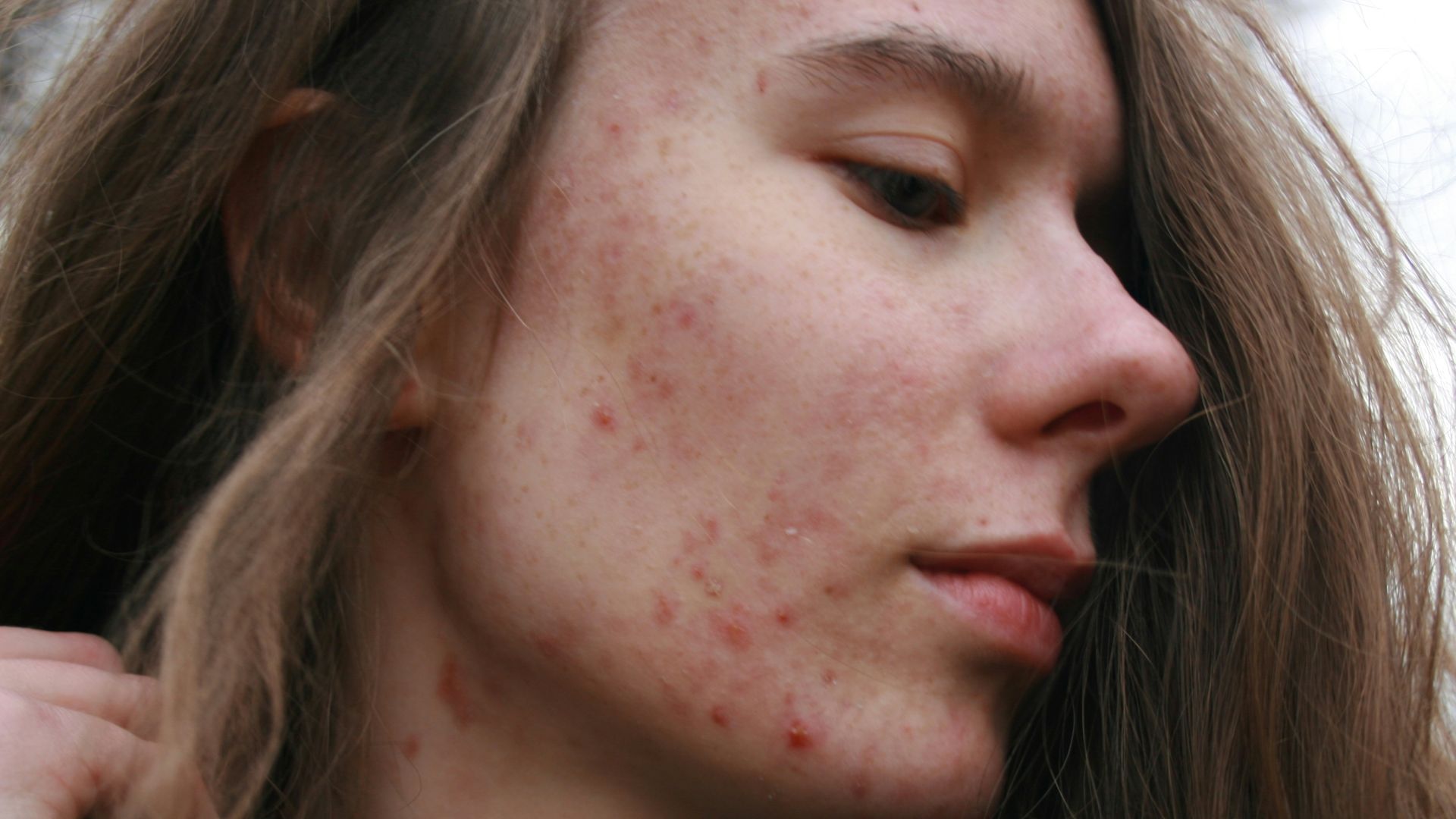 Barbara Krysztofiak on Unsplash
Barbara Krysztofiak on Unsplash
10. Irregular Gut Health
Your gut is one place you want to be full of bacteria. Fiber plays just as an important role in maintaining your gut's biome as probiotics. In fact, fiber gives your large intestine a snack in the form of good bacteria, making it a prebiotic!
Now that we've covered some signs that you aren't getting enough fiber, let's look at some easy ways to get more!
1. Start Slow
We understand that your first instinct may be to get as much fiber as you can. However, this can actually exacerbate your symptoms. Gradually add fiber over time and you'll notice the difference.
2. Eat Your Veggies
There's no excuse for not eating your vegetables, especially when they're so high in fiber. Veggies can compensate for meals that are low or lacking in fiber (such as steak), or provide an extra kick of fiber. Eat your vegetables first for the best results.
3. Show Some Skin
No, we don't mean wearing a bathing suit in autumn. We're talking about fruit and vegetable skins. Apple and kiwi skin, for example, are often high in fiber that you would miss out on by peeling.
4. Stay Hydrated
Upping your fiber intake may be all for nothing if you don't drink enough water. Without water, fiber will lead to gas and cramping, as your stool will be harder and more painful to pass. Additionally, soluble fiber is fiber which is dissolved and digested with water.
5. Check Your Pulse
Pulses such as beans, peas, and lentils are another excellent source of fiber. Just one cup of cooked beans will give your 50% of your daily fiber! Pulses and legumes are also wonder sources of protein for plant-based diets.
6. Choose Whole Grains
Whole grains are grains that are minimally processed, such as barley and buckwheat, in contrast to the uber-processed refined grains you find in white bread. While refined grains last longer, they're stripped of most of their nutrients. Other whole grains include amaranth, millet, and quinoa.
7. Pop Some Corn
Healthy eating doesn't have to mean boring eating. In fact, popcorn is a whole grain with excellent fiber content. To get the most out of your movie snack, use an air popper, or pop kernels in a brown paper bag.
8. Snack On Fruit
You can never go wrong with fruit. All fruit has fiber, but some, such as raspberries or apples, have exceptional levels of fibers. Fruit is a sweet snack that, when paired with fats and proteins, will keep you feeling full and regular.
9. Start Your Day Right
One of the easiest ways to get more fiber is by incorporating it into your daily breakfast. If you're a person of habit, focus on what you can add to your favorite breakfast, rather than subtract. Nut butter on toast, chia seeds in a smoothie, and apples on oatmeal are all examples of easy and delicious ways to get more fiber.
10. Take A Supplement
There's no shame in taking a supplement or multivitamin if you have difficulty getting enough fiber in your diet. While it's best to get fiber directly from your food, it's often easier and more attainable to assist with supplements. Guar fiber and psyllium, a key ingredient in Metamucil, are too examples of supplements.
KEEP ON READING

20 Natural Ways You Can Boost Your Immune System

20 Ways To De-stress & Relax After Work

The 10 Most Common Diseases & The 10 Most Rare



